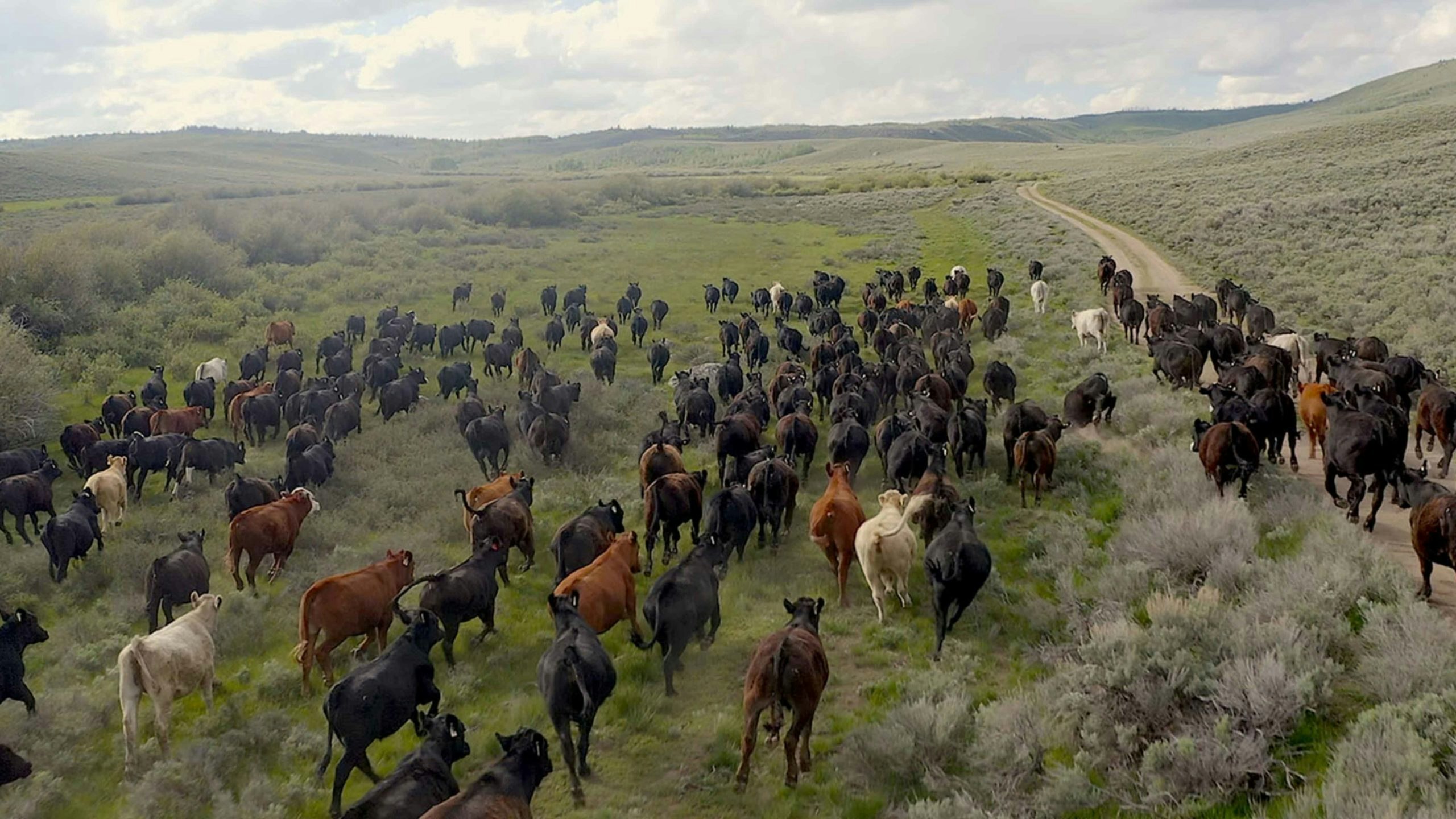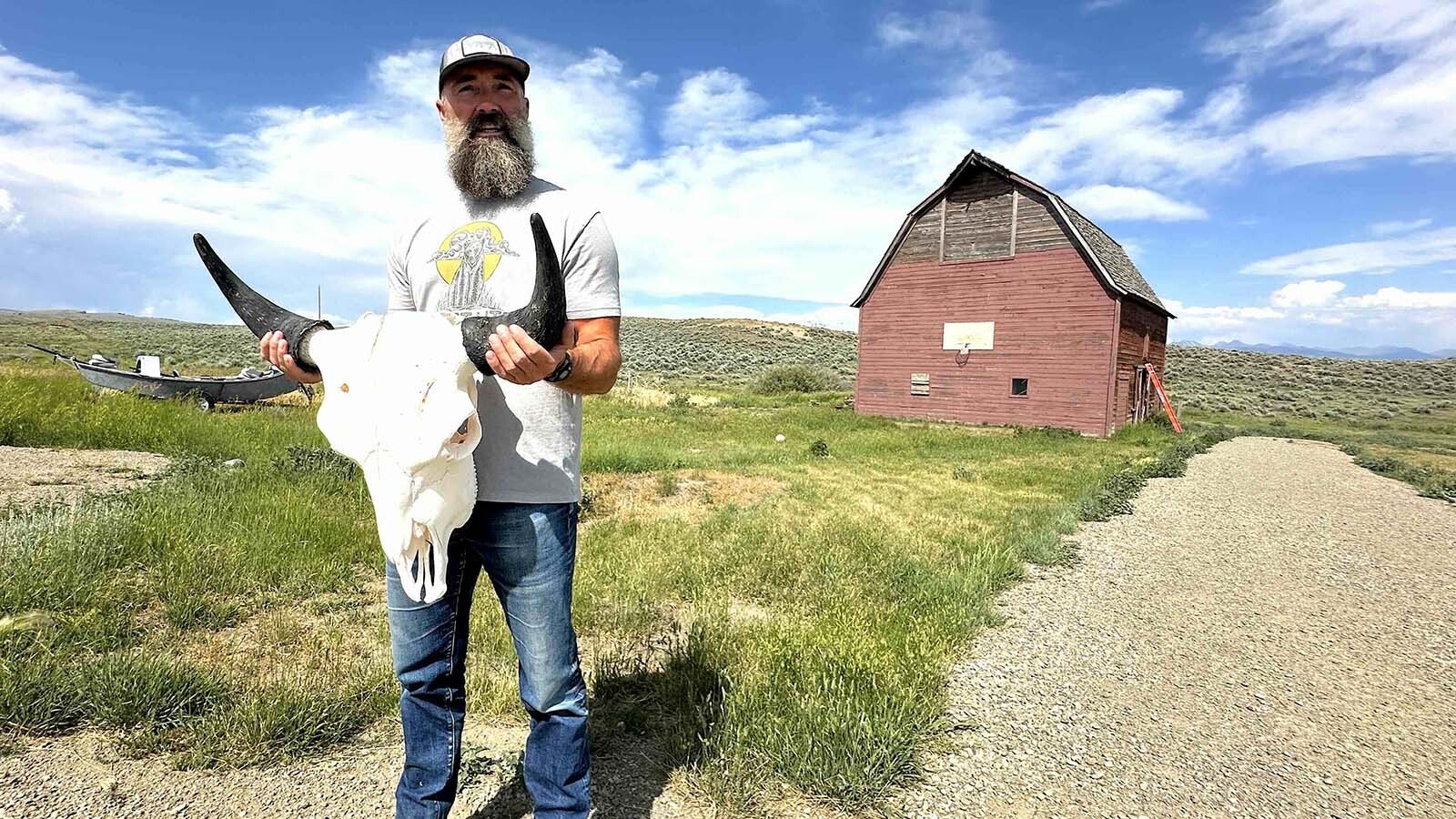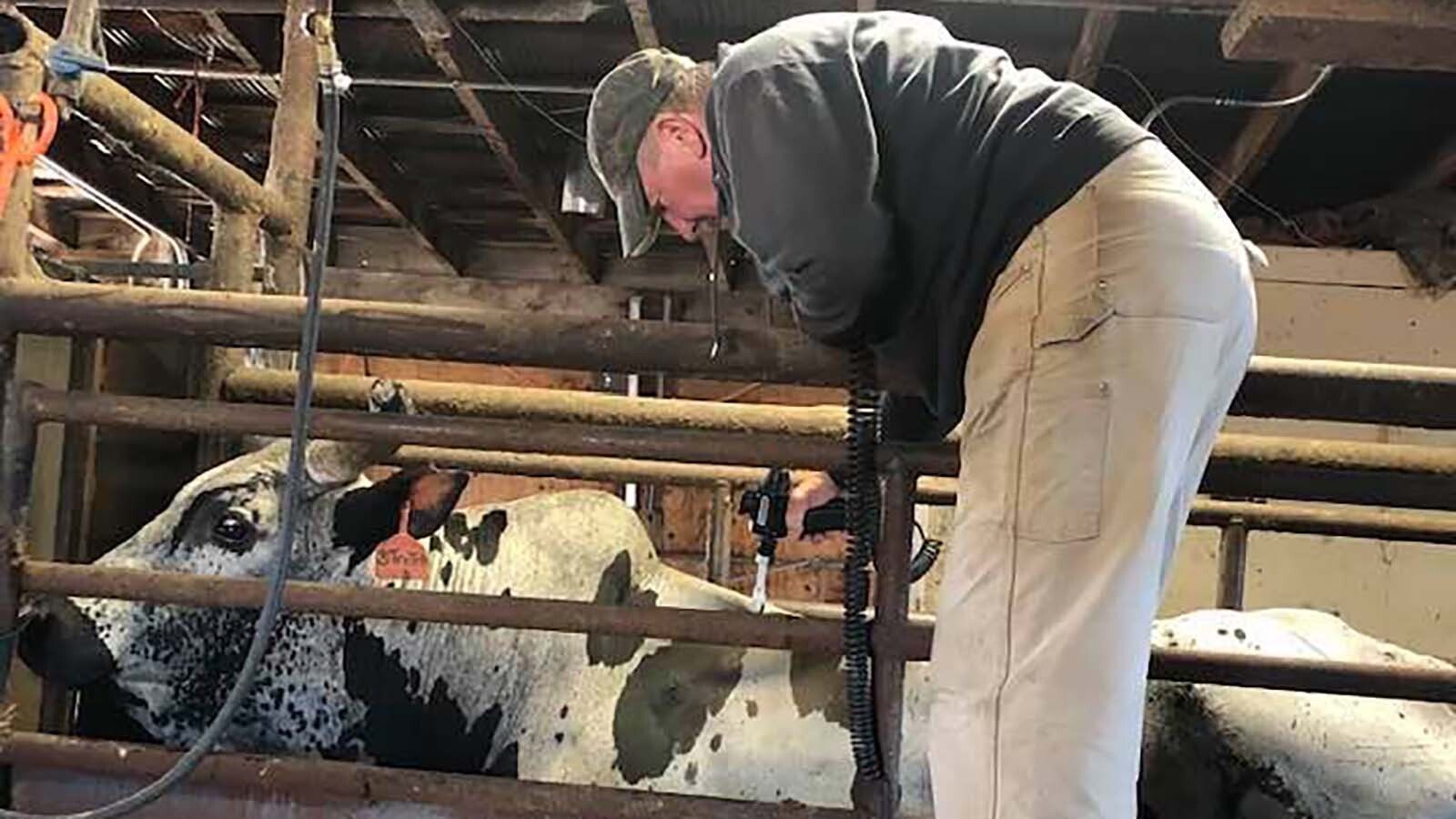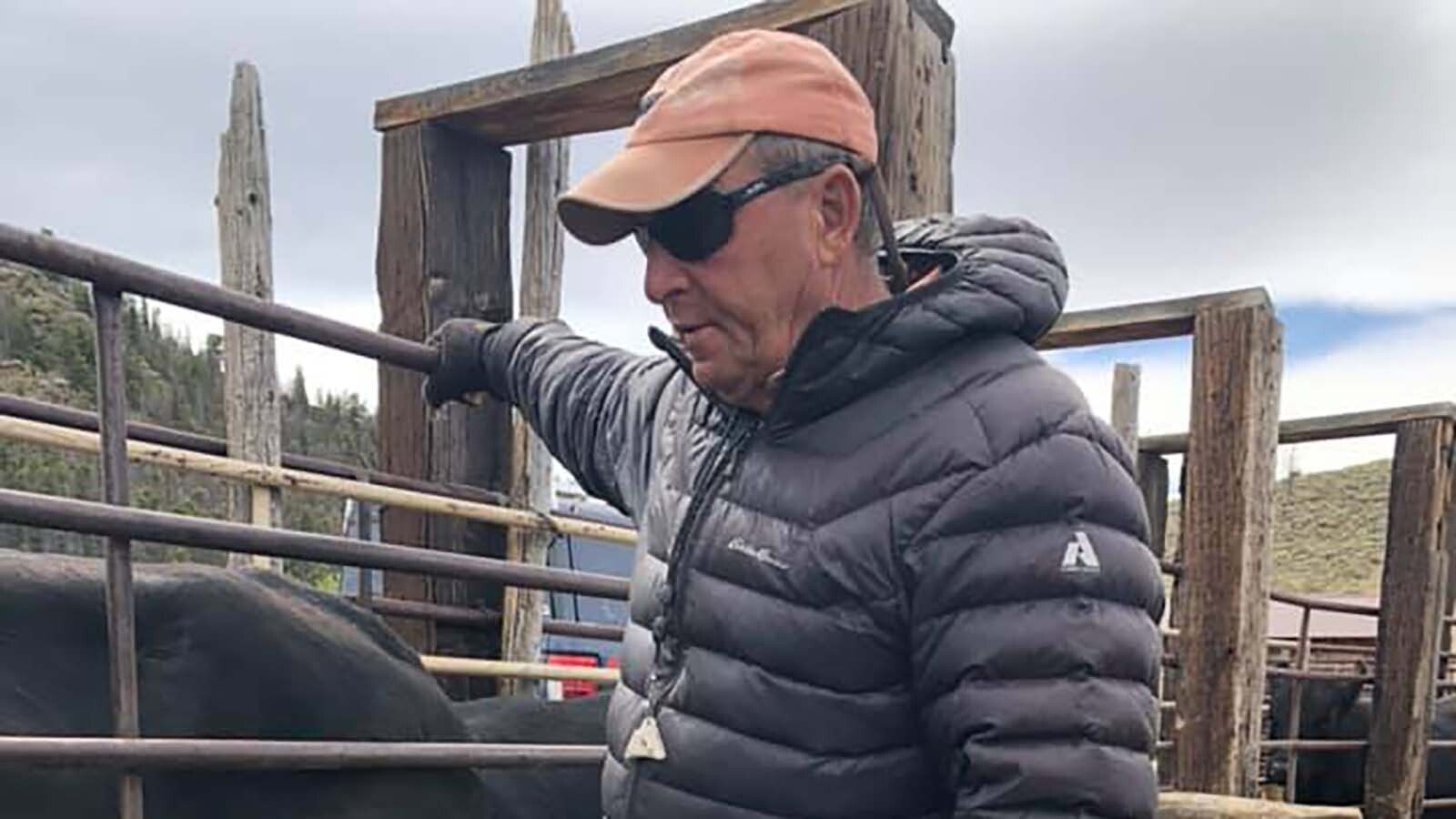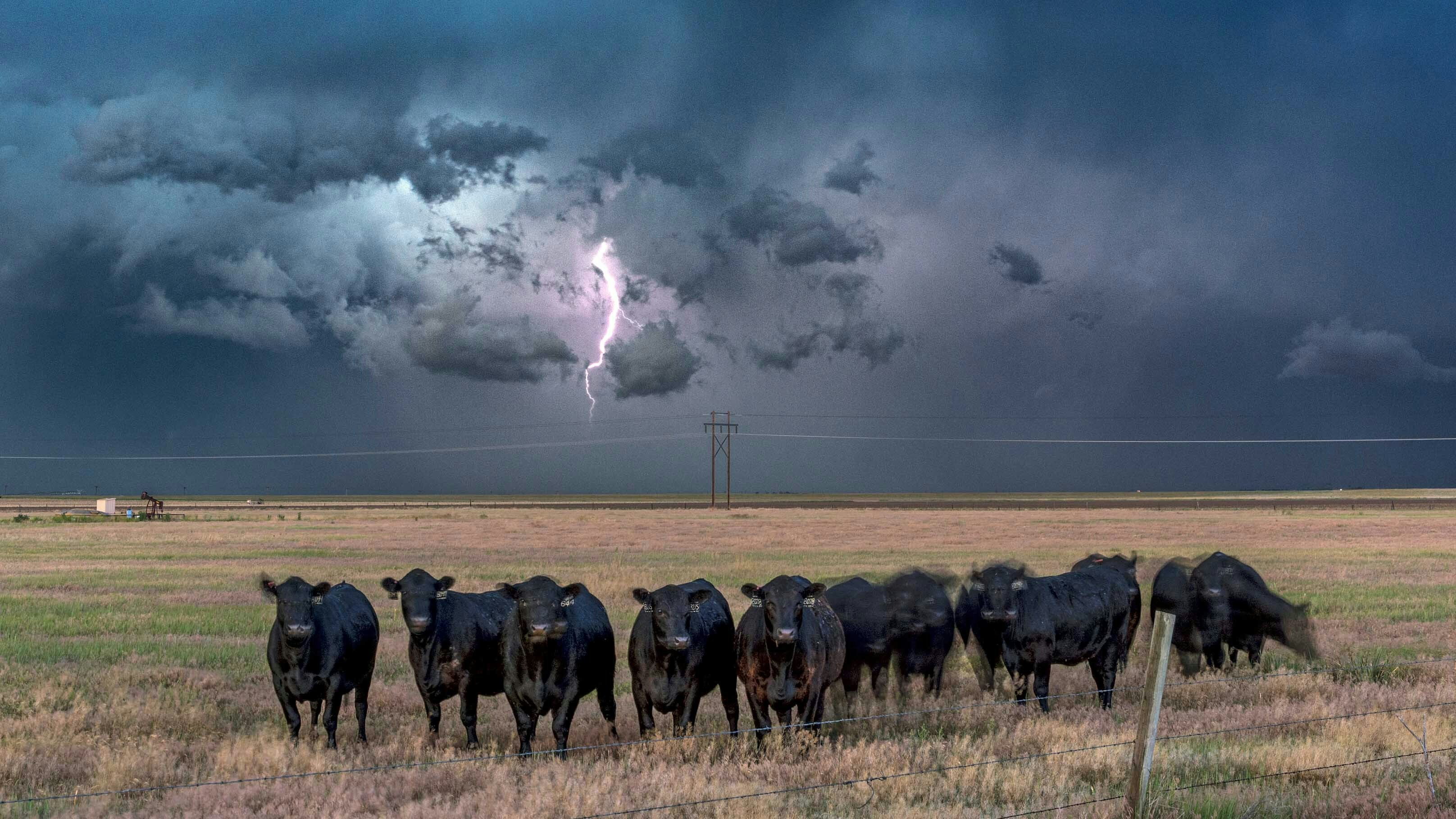By Joshua Wood, Cowboy State Daily
Josh@cowboystatedaily.com
There’s been some good news in the cattle market for producers recently as prices have gone up. This slight silver lining, however, is found around a dark cloud of drought and inflation.
First the good news
On July 15, an analysis from an agricultural news publication provided a somewhat positive outlook for ranchers with calf and yearling prices continuing to trend higher.
According to Cattlefax, 550-pound steer prices had increased $8 per hundredweight since the end of May. Calf prices averaged $25 per hundredweight higher than they were year-to-date.
“The factors that’s driving the prices up are the drought and demand for beef,” said Dennis Sun of the Wyoming Livestock Roundup. “Everybody wants American beef these days, and that’s a big part of it there. Also, the cattle numbers are going down. I think beef cattle numbers were down 30.4 million from last year, and that’s 2.4% from last year.”
According to Sun, the trend of rising cattle prices has gone beyond calves and yearlings. Cull bulls and cull cows are also seeing the price increase. Where, last year, producers were getting $400 per cow they are now getting $1,000, said Sun.
An extra $600 per head over last year might look good at face value until one sees what’s behind the increase.
Low supply, high demand
“What’s driving this market now, and long term it could be detrimental to us, is half the United States or better is in extreme drought still,” said Wyoming State Senator Ogden Driskill (R – Devils Tower). “We’re literally killing our beef supply. We’re killing cows and heifers daily because they don’t have feed to feed them.”
According to a July 25 report by CNN Business, ranchers throughout the American West are selling their cattle at a level not seen in more than a decade.
A 2021 study from the American Farm Bureau Agency Federation showed a link between selling off portions of their herd and drought driving up local feed costs.
While this may mean increased prices at the market due to a lower supply this year, it also means ranchers have to rebuild those herds. Driskill used his ranch as an example.
“We sold half of our cows last year and you don’t just sell half and then come back the next year and say ‘Well, I’m whole, again,’” said Driskill. “So, the impact on our ranch will be multiple years rebuilding.”
High cost, low yield
Though the rising cattle prices appear like a respite from selling herds last year. According to Cheryl Munroe, who owns a ranch outside Encampment, the current struggle with inflation appears to reduce any gains.
“When you look at the inflation, the cattle prices have increased, yes, but our fuel prices, the cost of machinery, the cost of equipment has doubled more than what the cattle prices are getting,” said Munroe. “You’ve got to look at the whole picture.”
According to Munroe, while people at gas stations throughout the country may be wincing as they fill up, the pain is more acute for those in agriculture. The same goes for electric bills.
“I just paid $7,000 for dyed diesel for the tractors, clear diesel and unleaded for the side-by-sides and the fourwheelers,” said Munroe. “I have four center pivots and last month my electric bill was $8,160.”
And while cattle prices may be rising, inflation on the part of feedlots may lead to less in the pocket of producers.
Especially when more cattle go to market later this year, said Sun.
“The thing that’s really hurting is these calves, a lot of them will go to feedlots, both heifers and steers,” said Sun. “(If) The price of corn or your feedstuffs keeps raising up (sic), that means it’s gotta be less for that feeder to buy your calves.”
With inflation, even getting the calves to the point of being sold to feedlots is getting more expensive.
“Last year I spent $23,000 fertilizing three center pivots and a native hay field. This year, I spent the same amount and I fertilized one pivot and a native hay field,” said Munroe. “That’s it.”
“Just like everybody else, ranches are feeling the pain of inflation,” said Sun. “That would be the negative of all the supplies that we get.”
Rising tides
Though nearly 80% of the American West has been in a drought, according to the American Farm Bureau Federation, portions of Wyoming have been lucky this year. Driskill counts himself among those lucky few.
“This was a linchpin year for ranches like mine. If it had been one more year of drought, you’d have been faced with numbers of ranches going out of business,” said Driskill. “Hopefully these markets continue to strengthen and bailout some of these outfits that have been hit really hard by drought.”
The unfortunate thing, said Driskill, is that benefit comes at the cost of other segments of the industry.
“The truth is, I need corn farmers to do good, I need for feeders to do good, I need for the cow/calf guys to do good and I need people to buy our products,” said Driskill. “Really, rising tides raise all ships and if you’ve got a hole in one of them you’re not going to get there. We need all the segments to operate independently and to all be profitable for this to really be a good thing for everybody.”
Times may still be tough but, according to Sun, there’s improvement over last year.
“We’ll take any silver linings because at least you start out better than you did last year,” said Sun.

